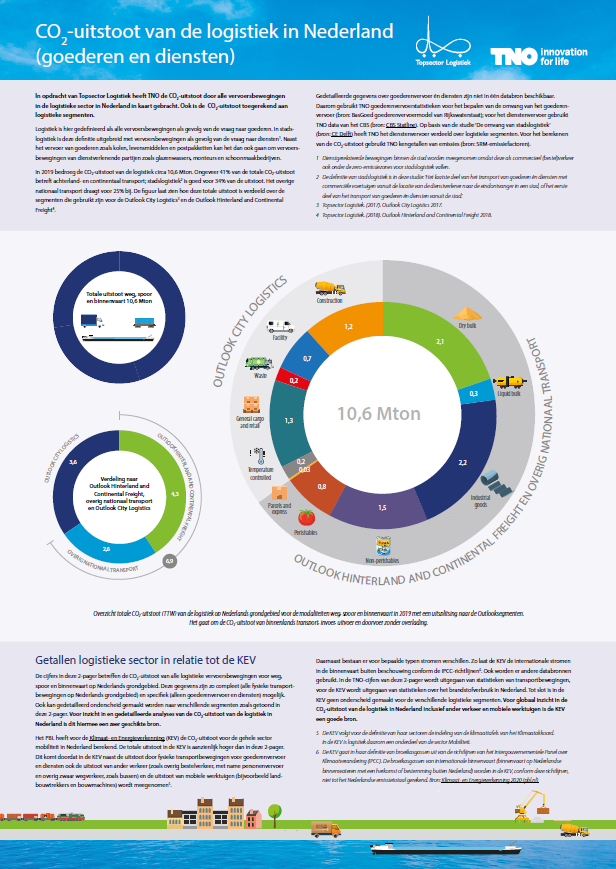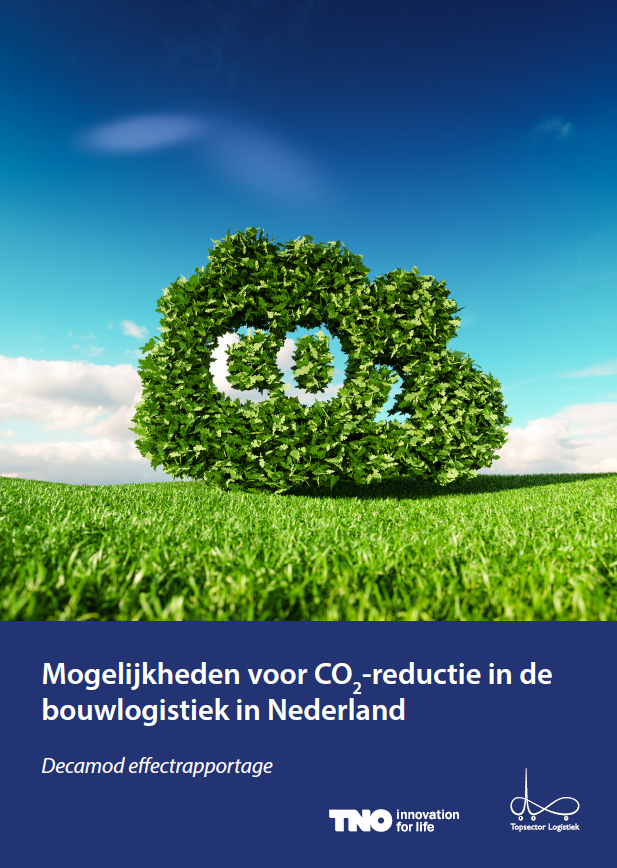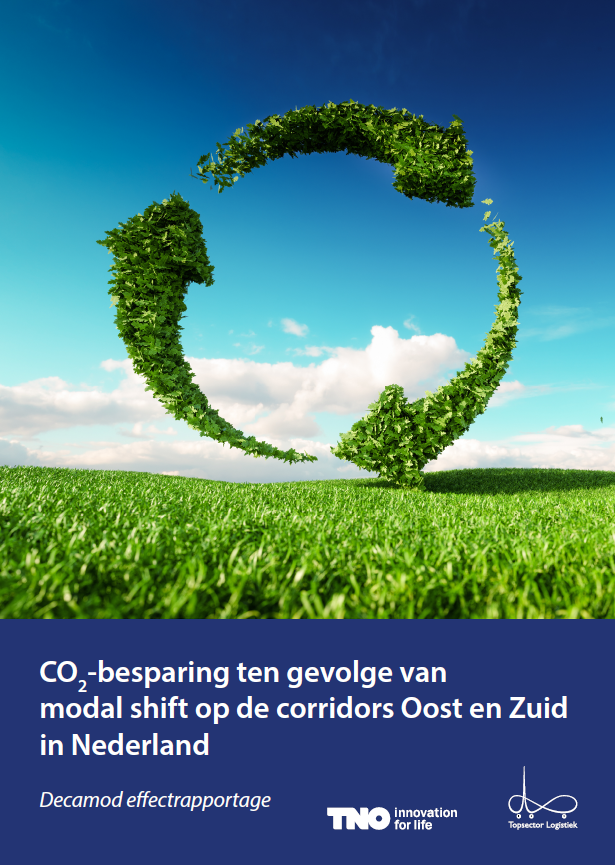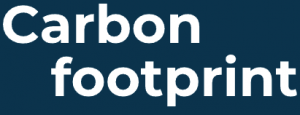Decamod
Decamod
The Topsector Logistiek asked TNO to develop knowledge and tools to provide this information. This has resulted in a collection of tools, databases and expertise, which together are called Decamod. Decamod contains a CO2 accounting model with which the effect of measures for CO2 reductions in logistics can be calculated.
With Decamod, so-called ‘what-if’ analyses can be performed to provide insight into the effects of various sustainability scenarios.
As part of the development of Decamod, CO2 reductions were calculated for the following three scenarios:
Construction Logistics
The Construction Logistics report describes the quantitative analysis of various measures for CO2 savings in construction logistics. These include technical measures, such as the use of electric vehicles, the use of hydrogen and the use of renewable fuels, and logistical measures, such as construction hubs, combining return flows, and control towers.
Zero-emission zones
The zero-emission zones report describes the pass-through of decarbonization measures in the cities of Rotterdam and Utrecht. The results were then applied to a large number of cities considering the introduction of a zero-emission zone for urban logistics.
Modal Shift
The modal shift report describes the effect of a modal shift scenario in which part of the container transport on the freight corridors East and South is shifted from road to rail and inland waterway. It also examines the result if modal shift is combined with the deployment of fuel-efficient vehicles, such as Super EcoCombi’s.
Decamod CO2-uitstoot in de logistiek in NL

Decamod scenario CO2-reductie Bouwlogistiek

Decamod scenario CO2-reductie Zero-emissiezones

Decamod scenario CO2-reductie Modal Shift

